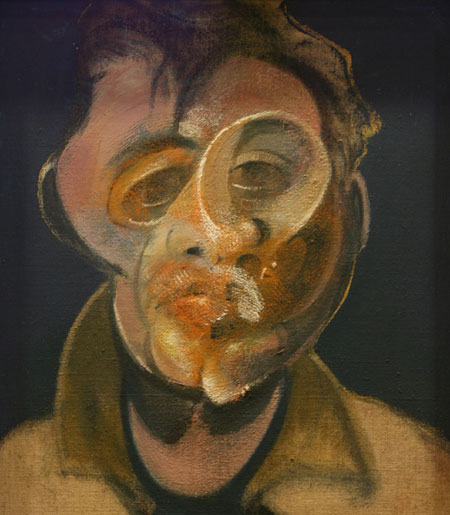 First a few key terms:
First a few key terms:
Cubism- Cubist artists rejected traditional form and shape. A cubist artist broke down a subject matter into geometric designs and shapes, and then reorganized and overlapped the elements. Commonplace objects such as tables and bottles were painted from various points of view, making them look distorted and fragmented. There are two kinds of cubist paintings-analytic cubism and synthetic cubism. Analytic cubism attempted to break down objects and reassemble them into various forms. Synthetic cubism strived to synthesize imaginative elements into new figurative forms.
Surrealism- a style of art and literature developed principally in the 20th century, stressing the subconscious or non rational significance of imagery arrived at by automatism or the exploitation of chance effects, unexpected juxtapositions, etc.
For this assignment we are going to take the normal process of gridding a picture and change it up a bit.
Step 1: find the center of your
picture

Step 4: Take your sheet of paper
and begin to draw a curve grid
on it. Be sure you match the number
of squares on your paper to the
number on your picture.
Step 5: Now we are going begin drawing out our image. The best way to do this is to map out points where the places on the face cross the grid. Then connect the dots while keep the contorts of the face as much as possible.


Step 5: this will be your finished result before you shade
http://www.arteducation.com.au





1 comments:
June 8, 2012 at 6:31 AM
Great start... congratulation from Brazil...
If you have some time, visit my blog:
http://educacaoarteanderson.blogspot.com
Post a Comment